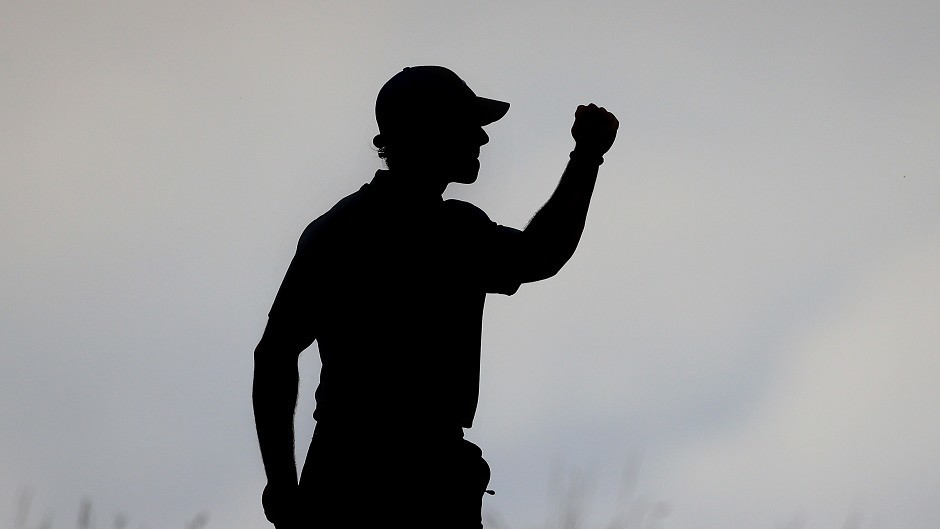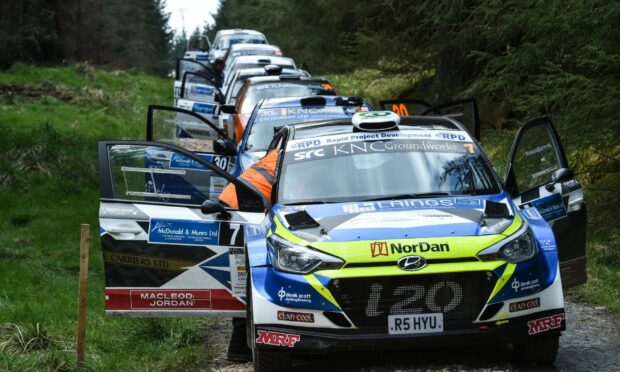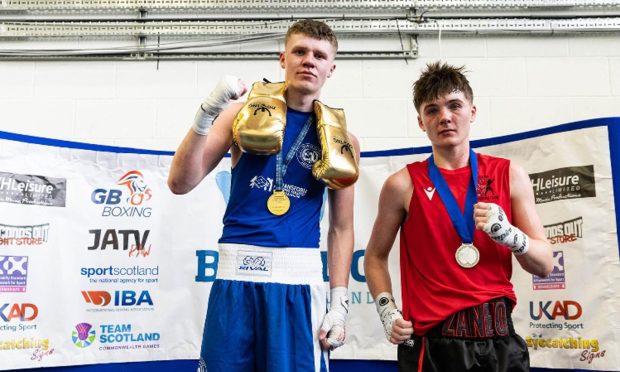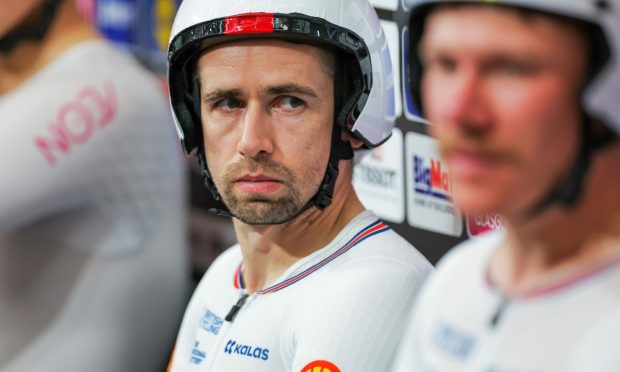The US Masters is one of golf’s most cherished events and many people regard it as the start of the sporting summer.
And wherever there is golfing history and tradition, there tends to be a Scotsman close to hand – and Augusta National is no exception.
Nowadays, the myriad features of this wonderful setting – including the azaleas and the dreaded “Amen Corner” with its rambling creek – have become etched in sporting folklore.
But they only came to fruition in the 1930s when Bobby Jones, the greatest golfer of his generation, sat down and discussed how to design the Masters course with Dr Alister MacKenzie, a former doctor and camouflage expert, who turned his talents to golf by creating some of the greatest courses throughout the world.
Remarkably, or perhaps not, Jones only considered two candidates for the job of architect in Augusta – the other was Donald Ross from Dornoch.
He had developed a deep affection for the Caledonian links courses on his travels and considered it perfectly natural that a Scot should be in charge of constructing his fairway to heaven.
MacKenzie, who had served with the Somerset regiment during the Boer War, had been impressed by how his adversaries had adapted their campaign tactics to their terrain and his course design was built around the same precepts of working with nature.
By the time he came to Georgia and shook hands with Jones, he had fine-tuned his signature style and the list of global courses in which he had been involved was staggering: from Cypress Point in California, to the Royal Melbourne Club in Australia, and the Old Course at Lahinch in Ireland, to the Portland Course at Royal Troon in Scotland.
Augusta, though, was his masterpiece, or should that be Masters piece. As the late writer and broadcaster, Alistair Cooke, wrote: “Jones knew more about shot-making than anybody else, but he did not see himself as a one-man school of golf architecture.
He at once brought in Dr Alister MacKenzie, the Scot who had sensibly forsaken medicine for golf, and whose incomparable links course at Cypress Point, on the coast of northern California, Jones greatly admired.
“Jones was firm on one point. He wanted a strategic course, one which – while only having 44 bunkers, no rough to speak of, very wide fairways and fast, undulating greens – would offer a way round to the high-handicap golfer, a challenge to the middle man, yet also provide a supreme test of a great player’s ability to think out the placement of every shot.
“And MacKenzie was the man he chose to turn his dreams into reality. He chose correctly.”
The architect of the famous Augusta area was a typical Scotsman of his generation; hard-working, not given to grand gestures, or blowing his own trumpet.
And one of the minor tragedies of the Augusta Miracle was that he died three months before the inaugural US Masters in 1934, which was won by the American player, Horton Smith.
Yet, at least, he bestowed his philosophy to future generations. “There is an extraordinary resemblance between what is known as the camouflage of military earthworks and golf-course construction,” he declared, before adding: “Indeed, there are many other attributes in common between the successful golf architect and the camofleur.
“Both, if not actually artists, must have an artistic temperament, and have had an education in science. The chief object of every course architect worth his salt is to imitate the beauties of nature so closely as to make his work indistinguishable from nature itself.”
Jones was appreciative of the results, as one might have expected, and the Scottish connection to the Masters continued when the tournament officials established the custom in 1963 of commencing the Major event with an honorary opening tee shot, performed by some of the legends of the sport.
The original honorary starters – and the men who did the job from 1963 to 1973 – were Jock Hutchison, a native of St Andrews, who won two majors in 1920 and 1921 and Fred McLeod, a fellow born in North Berwick, who surged to victory at the US Open in 1908.
Both individuals were as much in thrall to MacKenzie as anybody else. And although there have been many modifications to Augusta in the intervening 80-plus years, this gorgeous slice of Georgia remains one of the enduring cathedrals of golfing drama, as we prepare for the 2017 competition, which starts on April 6.
It wouldn’t have happened without Dr MacKenzie.










